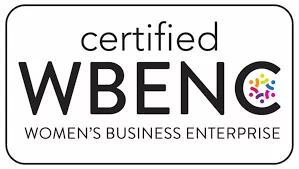Signs of toxic workplace culture may be seen throughout the office. For instance, the lack of communication between managers and teams means employees receive no feedback or recognition for their work. High levels of stress lead to a greater incidence of fatigue, illness, and burnout. Turnover increases because employees don’t want to work for your company. Fortunately, you can use your leadership position to turn things around for your finance team and, eventually, the organization. For help finding finance professionals, contact the top Corporate Finance Recruiters in LA at Alliance Resource Group.
Accept Responsibility
Since toxic workplace culture starts at the top, accept responsibility for how things currently are. Because leadership’s actions set the example for the rest of the organization to follow, it’s up to you to make changes and alter behavior. Think strategically about how you want to respond to the situation. Recognize your own fears, insecurities, and roadblocks so you can uncover the same among your team.
Observe Team Behaviors
Look for specific ways your team contributes to toxic workplace culture. One method you can use is the SCARF model. SCARF stands for status, certainty, autonomy, relatedness, and fairness. These are five factors that influence behavior in social situations and may cause tension in the workplace. Use this model to gain information and guide individual conversations. For instance, look for team members who tend to hold power over others or disrespectfully treat them. See who intentionally withholds information to undermine others’ effectiveness and credibility. Identify teammates who micromanage or avoid delegating, taking away empowerment from others. Uncover cliques and ostracizing behavior that can result in team members feeling replaceable. Determine which teammates work without consulting others or providing transparency into their process or rationale. Find out who tends to dominate conversations or act defensively.
Talk with Your Team
Restore psychological safety by talking with your team. You may want to focus on the threats outlined in the SCARF method. For instance, create opportunities for teammates to get to know each other as a way to build relatedness and trust. Establish norms for productively dealing with conflict. Before meetings, share agendas focused on solutions and outcomes. Clarify individual short-term goals in line with team and company goals. Regularly give team members solution-based feedback. Encourage everyone to take part in making decisions. Provide information and context for organizational changes. Publicly recognize desired business results. Celebrate team successes.
Share Your Plan
Use what you learned to create a corrective plan for your team. Include each member’s strengths and role in improving culture. Point out why their talents are valued and how they complement your team. Schedule regular check-ins to gauge progress and measure success. Create shared participation in and ownership of the problem-solving process. This will increase morale and productivity.
Improve Your Workplace Culture
Improve your workplace culture with help from Alliance Resource Group. Our leading Corporate Finance Recruiters in LA connect you with the finance professionals you need to fill your openings. Contact us today.





